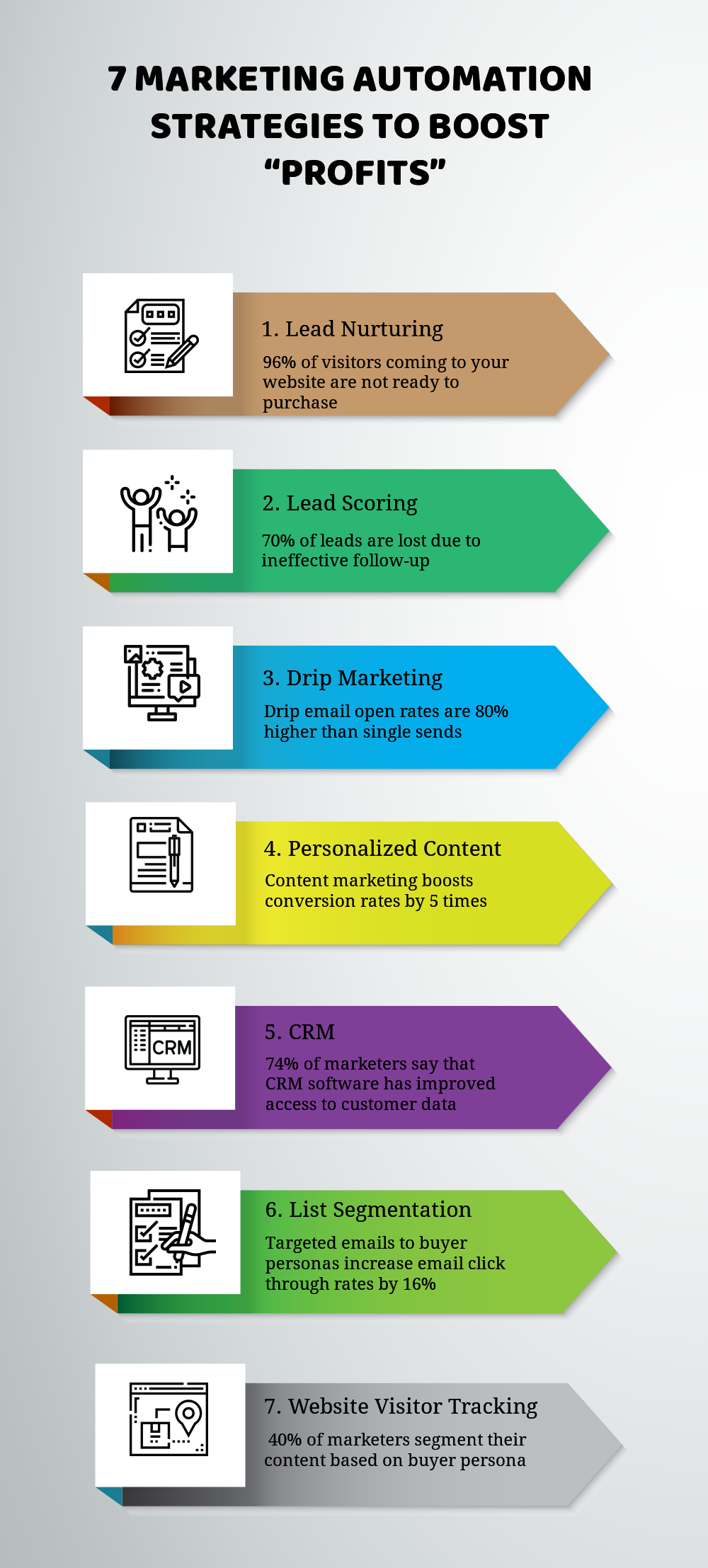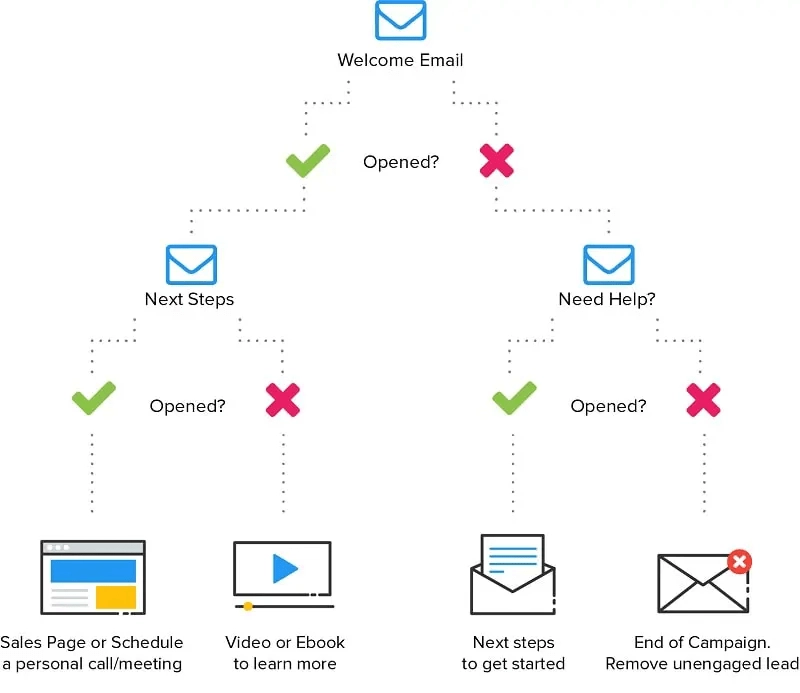Are you looking to drive your sales upward but aren’t sure how to do it? One of the most effective strategies is to automate your marketing efforts. It’s simple, yet incredibly effective, and it can help you boost your sales without requiring extensive effort on your part. It sounds intriguing, right? Well, stick around and you’ll learn more in the rest of the article.
You might ask, “What on earth does automate my marketing mean?” Well, it’s all about using technology to perform repetitive tasks like sending emails, social media posting, and other online marketing actions. By automating these tasks, you get more time to focus on other aspects of your business. Plus, it helps you send the right message to the right people at the right time, without even lifting a finger.
Now, let’s talk about how marketing automation could influence your sales. By having an automated system, you have a platform that can analyze customer data, segment it, and target customers with personalized messages. This way, you can provide personalized experiences which could, in turn, lead to increased customer satisfaction and, ultimately, higher sales!
But that’s not all, automation of your marketing can help you sell more, and do it more effectively. With detailed reports and insightful analytics, you can optimize your marketing strategy to ensure that you reach more potential customers and convert them to actual sales. In the long run, it’s not just about driving up sales but also doing it efficiently and cost-effectively. So why not give automated marketing a try? You might find it’s exactly what your business needs to grow.

This image is property of telloquent.com.
Understanding Automated Marketing Strategies
An effective way to strengthen your business’s sales growth is through leveraging the power of automated marketing strategies. If you’re unfamiliar with this concept, you’re in for a treat!
The Concept and Relevance of Automated Marketing
Automated marketing is the process of utilizing software tools to automate and streamline marketing activities. This approach is designed to minimize manual effort and increase effectiveness. It’s not about replacing human effort, but about augmenting it. Through automation, you can better nurture leads, improve customer relationships, deliver personalized experiences, and ultimately, increase sales.
Difference between Traditional Marketing and Automated Marketing
Traditional marketing relies heavily on manual efforts for tasks ranging from content creation to campaign management. On the flip side, automated marketing leverages technology to automate repetitive tasks, streamline workflows, and provide useful insights, giving you more time to focus on strategic planning and creativity. Rather than flooding all your customers with generic messages, automated marketing allows you to provide targeted and timely communications.
Benefits of Utilizing Automated Marketing Strategies
Profitable sales growth can be achieved by harnessing the power of automated marketing strategies. Here’s how:
Improved Customer Engagement
By delivering personalized and timely content directly to your customers, automated marketing fosters more meaningful interactions.
Enhanced Accuracy and Efficiency
Automation minimizes human error, provides precise targeting, and frees up time to concentrate on developing innovative marketing strategies.
Cost Savings
By automating routine tasks, you can reduce labor costs and increase your marketing efficiency, making your budget stretch further.
Key Automated Marketing Strategies
To upgrade your approach and increase sales, consider implementing these key automated marketing strategies:
Email Campaign Automation
Automated emails allow you to nurture leads and engage customers with personalized content.
Social Media Scheduling and Posting
Automating your social media posts ensures consistent visibility and takes the stress out of last-minute content creation.
Customer Segmentation Process
Dividing your customers into segments and tailoring your communications to each group can significantly boost engagement and conversions.
Automated Reporting Tools
Automated reports provide detailed insights into your performance, helping you identify gaps and optimize your strategy.
Implementing Automated Marketing in Business
Implementing an automated marketing strategy can revolutionize your business. You just need to follow these steps:
Choose the Appropriate Automated Marketing Tools
Understand your business needs and research different tools to find one that fits your objectives.
Integrate Automated Marketing Software with Existing Systems
Ensure your chosen platform can integrate with your existing systems to leverage the full power of automation.
Set up and Customize Campaigns
Once set up, kick-start your automation efforts by customizing campaigns according to your audience’s preferences and behaviors.

This image is property of profilebooster.com.au.
Optimizing Automated Marketing Strategies
Now that your automated marketing strategy is in place, what next?
Monitor and Analyze Results
Continually tracking your campaigns will give you valuable insights, allowing you to tweak and optimize your approach.
Adjust and Refine Campaigns
Based on these insights, make necessary adjustments to your campaigns and refine your strategies for better results.
Test Different Marketing Strategies
Don’t be afraid to test different strategies and see what works best for your business.
Case Studies of Successful Automated Marketing Strategies
There are many success stories of businesses that have incorporated automated marketing strategies to great effect.
Real-Life Success Stories
For example, a leading e-commerce company increased their customer engagement and boosted sales by implementing automated email marketing.
Key Learning Points from Case Studies
From such case studies, we learn the importance of personalization, consistent engagement, and constant monitoring of campaign performance.

This image is property of d1qwl4ymp6qhug.cloudfront.net.
Common Challenges in Automated Marketing
Like any other strategy, automated marketing comes with its set of challenges.
Dealing with Technical Problems
These can range from software glitches to difficulties in integrating new tools with existing systems.
Maintaining Personalized Approaches
The challenge lies in striking the balance between automation and personalization. Automated, yet personalized communication goes a long way.
Keeping Up with Changing Trends
With ever-evolving technology, you need to stay updated on new tools, strategies, and technologies.
The Future of Automated Marketing
Emerging Trends in Automated Marketing
Upcoming trends in automated marketing include the use of AI and machine learning for advanced customer segmentation and personalized communication.
Preparing for Future Challenges and Opportunities
By staying informed about evolving trends, you can be better prepared to navigate future challenges and seize opportunities.

This image is property of blog.wishpond.com.
Key Takeaways for Driving Sales with Automated Marketing
Effectiveness of Automated Marketing
Automated marketing, when implemented correctly, can dramatically improve engagement, conversion, and sales.
Harnessing the Full Potential of Automated Marketing
To truly drive sales growth, businesses need to leverage the full potential of automated marketing, from analytics to customization to multichannel strategies.
Conclusion
Revolutionizing Business Growth with Automated Marketing
Automated marketing isn’t just a fad; it’s an effective way to revolutionize your business growth and maximize sales.
Final Thoughts and Recommendations
Embrace it, experiment with different strategies, learn from others, and optimize your approach based on results. It’s time you unlock the power of automated marketing to drive your sales upwards!
